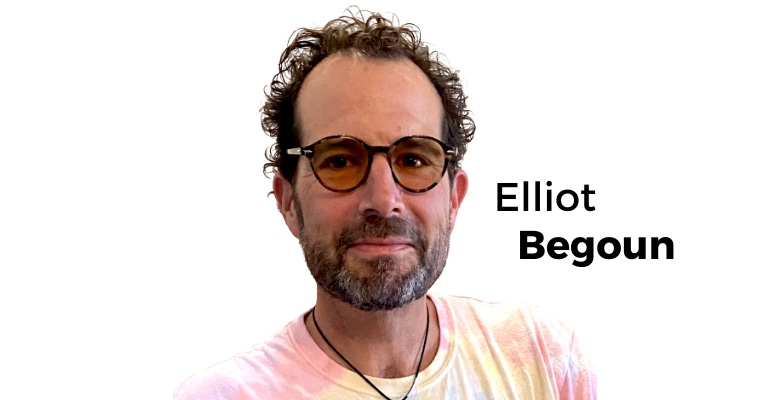How venture funds work: What capital-seeking entrepreneurs should know
Learning the anatomy of a VC fund will help natural products founders better prepare their pitches to investors.

One of the most crucial aspects of entrepreneurship is raising capital. Capital is the fuel for the journey, and to secure it, founders should understand how it works. Specifically, if you plan to pursue venture capital for your growing natural products business, knowing the anatomy of a VC fund will help you be more confident and effective when pitching.
So here goes: A venture capital fund is typically structured as a partnership. The firm and its principals are general partners (GPs), and its investors are limited partners (LPs).
The general partners decide how big of a fund they want to raise. Then they solicit investment from high-net-worth individuals, family offices, pension plans and other institutional sources. If investors like what they hear, they commit capital and sign agreements to become LPs of the fund. Once the fund is raised, it closes to further investors and begins deploying capital.
The GPs/fund managers are responsible for deal flow. They want to see a lot of investment opportunities. They are prepared to say “no” or “not yet” to most, but they want to ensure that they aren’t missing any excellent opportunities.
When the GPs find a business they like and would consider investing in, they start the due diligence process. Depending on the size of the check, due diligence can be as simple as a review of pertinent financial information such as recent P&L statements, balance sheets and cash flow. For larger checks, that might grow to a deeper analysis of syndicated data, a regulatory and compliance review, a look at intellectual property and more.
If the GPs remain interested after completing the due diligence process, they will often issue a term sheet that details the specifics of the investment offer. It will likely include the pre-money valuation, class of stock and other requirements such as data rights, board seats, information rights and more. After review and negotiation, the fund and the entrepreneur agree, the detailed documents are drawn up and executed, and the money is wired.
How GPs and LPs make money
Understanding the money-making mechanics is vital. It will help you determine which funds might make sense for your business and how to frame your pitch.
Although LPs commit capital, that money remains in their hands until there is a capital call. In other words, funds do not receive money from LPs until an investment is made.
For example, let’s say a fund has raised $100 million and each LP has committed $10 million. Then each time that fund invests in a brand, each LP will receive a capital call for 10% of that investment. They wire their pro-rata portion of the total investment to the fund for deployment.
This is important because most funds charge a management fee. The average is 2% of the funds deployed. That 2% pays for the salaries of the fund’s management and team, its offices and other overhead expenses. So the sooner a fund makes investments, the sooner it begins earning a management fee. The larger the check, the more money that goes to work to support the fund.
If a fund makes an initial investment of $1 million and receives $3 million after the sale of a business, then it will return the initial $1 million plus 80% of the $2 million profit to its LPs, keeping the remaining 20% for itself. When there is a successful exit, the fund repays each of its LPs their original pro-rata principle. They then split the upside based on the terms of LP agreements. A typical split is 80/20. The 20% is called the “carry.”
There are many more nuances to how venture funds work. But this primer should help you prepare for more informed—and hopefully more successful—discussions with investors.
Elliot Begoun is a 30-year industry veteran, author, podcast host, founder of TIG Brands and champion of Tardigrades.
Have some big ideas or thoughts to share related to the natural products industry? We’d love to hear and publish your opinions in the newhope.com IdeaXchange. Check out our submission guidelines.
Read more about:
IdeaXchangeAbout the Author(s)
You May Also Like




